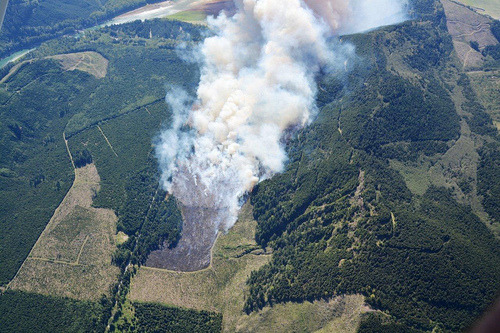
It has been heartbreaking to see the images of fires disrupting communities in Eastern Washington. When they burn out of control, they can cause millions of dollars in property damage and displace people and wildlife, but fire can be a critical part of the life cycle of healthy natural landscapes.
We know it will take years for communities to recover, but we want to offer a little bit of hope this month to show how outdoors enthusiasts in our state are working to protect these special places and the people that rely on them.
In fact, they’re a necessary part of a healthy forest as long as we prevent them from getting out of control.
We can all help find funds for forest restoration efforts by supporting strong funding for the Washington Wildlife and Recreation Program (WWRP). The Department of Fish and Wildlife has applied for WWRP funds this year for projects including controlled burnings, thinnings, and land purchases to help reduce fire risk and management costs.
In fact, the WWRP has an entire category devoted to maintaining our state lands against these devastating threats. Here are just a couple projects proposed this year:
-
Colockum Wildlife Area Fire Rehabilitation – This project involves habitat restoration of approximately 1,000 acres of forested Washington Dept. of Fish and Wildlife lands burned during the 2013 Colockum-Tarps Fire.
-
Pogue Mountain Habitat Restoration – The project proposes to use fire as a restoration tool on approximately 1274 acres on two wildlife areas, the Pogue Mountain Wildlife Area and the Chesaw Wildlife Area. Controlled burns like this enrich habitat and prevent out of control blazes from destroying forests by reducing crowding.
-
Sinlahekin Ecosystem Restoration Phase 3 – The project will reduce risk of catastrophic wildfire, rejuvenate mule deer winter range, improve forest health, increase ecosystem resilience to climate change and provide jobs benefiting the local economy.
Take a look at more of this year’s proposed restoration projects.
Photo by DNR.
